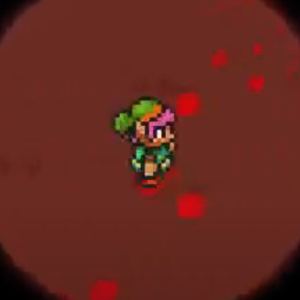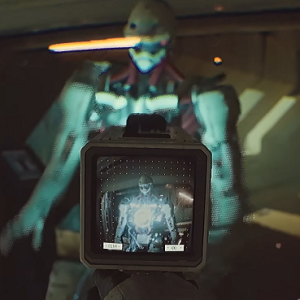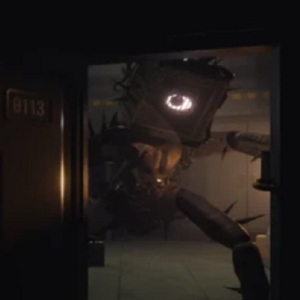Similiar games
Zelda.exe is an altered interpretation of a familiar game, repurposed to deliver an unsettling experience. It imitates the visual structure of early Zelda titles but gradually introduces inconsistencies that suggest something hidden within the game’s structure. From the beginning, players recognize the usual layout and controls, yet the presence of strange behavior—such as silent moments where sound should be, or characters acting out of sequence—changes the way players interact with the world.
Progressive Disruption and Control Loss
Instead of clear objectives and traditional exploration, Zelda.exe replaces linear design with fragmented progression. Players often find themselves revisiting areas that appear changed without explanation, or triggering scenes they cannot predict or avoid. The game starts inserting textual fragments or static interruptions, altering the expected rhythm. As interaction deepens, it begins to feel as if the game is watching rather than being played. What begins as minor disruptions escalates into full loss of agency.
The following elements frequently appear during gameplay:
- Sudden screen flashes with partial phrases
- Characters appearing in unreachable or broken locations
- Game menus flickering or rearranging themselves
- Repetitive background loops with altered tone
- Areas that reset or trap the player without warning
Subtle Methods of Immersion
Zelda.exe does not use conventional horror mechanics. There are no enemies in the usual sense, nor is there direct combat in most sequences. Instead, the discomfort builds from the absence of rules. Familiar music distorts, dialogue becomes unreadable, and pathways vanish. The game’s strength lies in its ability to make ordinary functions unreliable. This forces the player to abandon expectations and react to each unexpected shift in real time, increasing tension without traditional threats.
Memory, File, and Identity
In several versions of the game, a profile labeled with a real name or timestamp appears by default. This detail leads some to believe the game reflects information from its environment. Combined with in-game references to memory, absence, or past events, the design hints that someone—or something—is present beyond the code. When a session ends, there may be no confirmation, no credits, and no return to the main menu. The game closes, and players are left with lingering uncertainty.




















